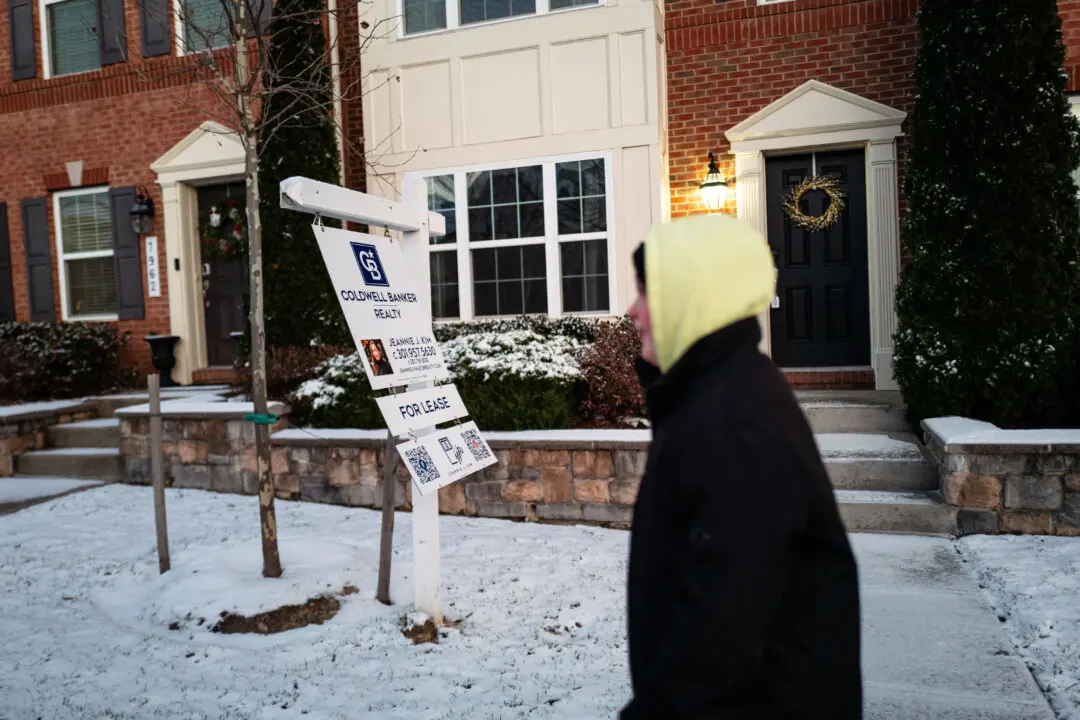The past couple of years have been highly volatile for lumber prices, topping $1,500 per thousand board feet in 2021 and $1,400 per thousand board feet in 2022. Lumber has plummeted nearly 50 percent year to date, to below $600, but the raw material has experienced a modest rebound from recent lows over the past week.
Since lumber’s peak in late February, conditions have deteriorated for the commodity, as it had failed to join the broader commodities boom this year. The S&P Goldman Sachs Commodity Index, a benchmark for commodity investments, has climbed close to 18 percent so far in 2022.





